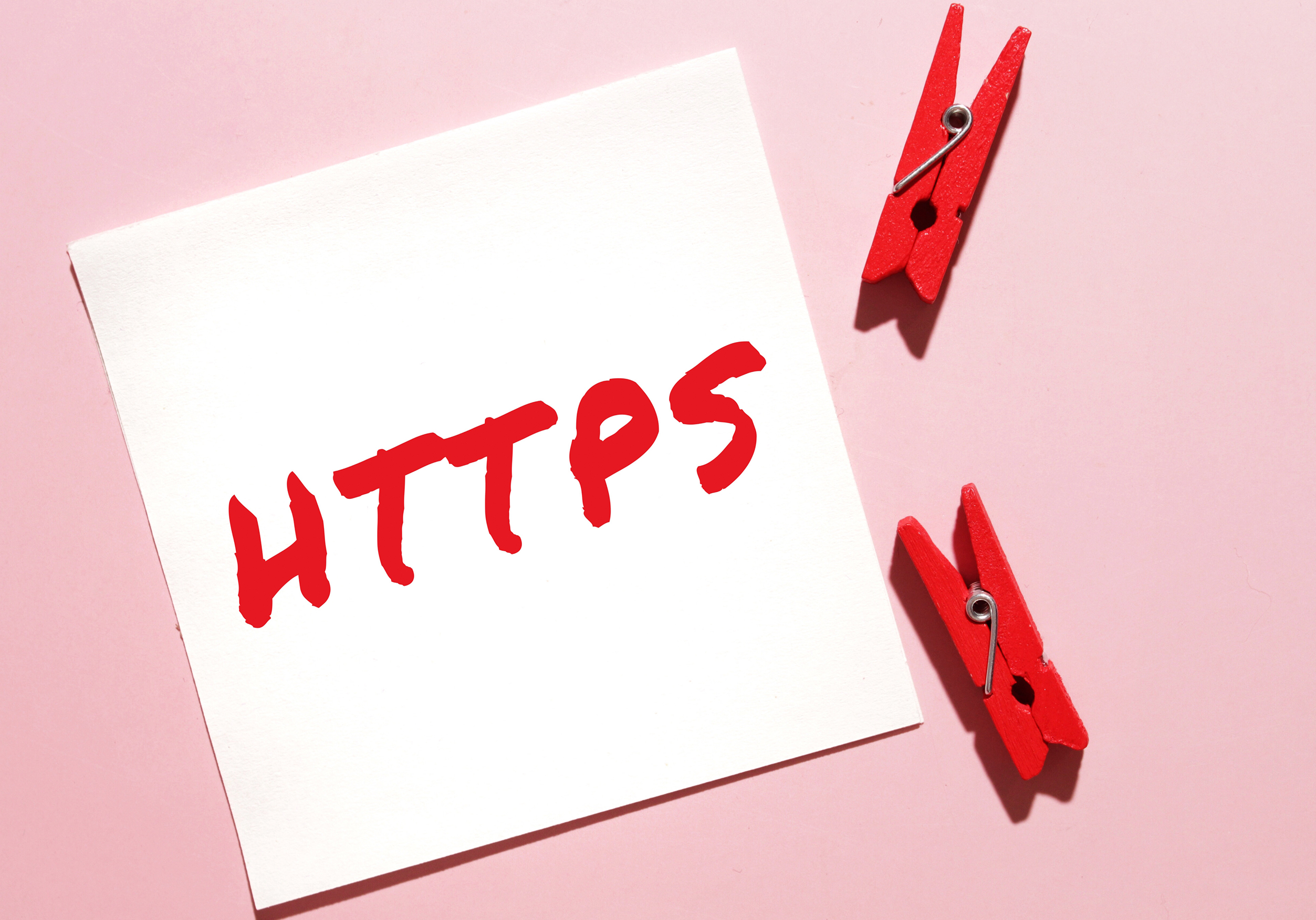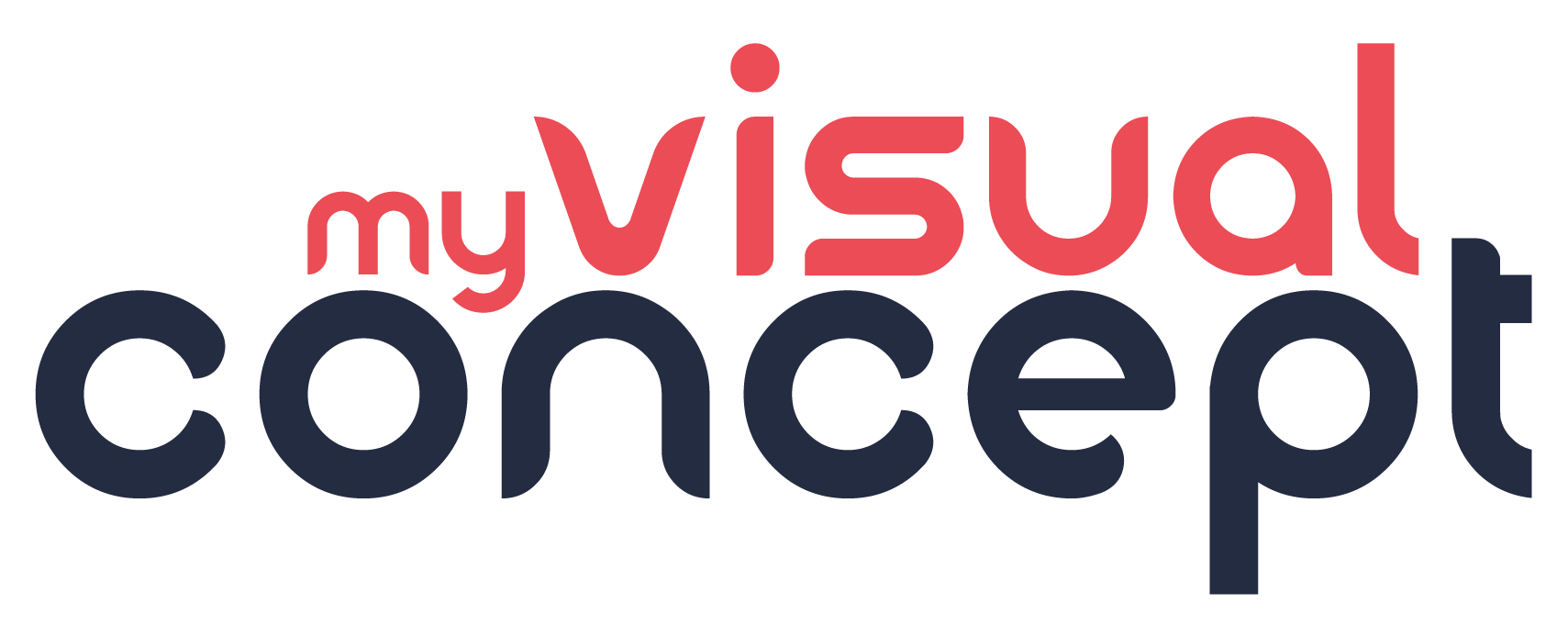WordPress, powering a significant portion of the internet, is a favorite target for hackers and malicious actors. The open-source nature of WordPress, while one of its greatest strengths, also makes it vulnerable to various security threats. However, with the right practices in place, it’s possible to significantly mitigate these risks and protect your website. This blog post outlines essential WordPress security best practices, aiming to help you fortify your site against common vulnerabilities and threats.
Keep WordPress, Themes, and Plugins Updated
Regular Updates
One of the simplest yet most effective security measures is to keep your WordPress core, themes, and plugins up to date. Developers regularly release updates that patch security vulnerabilities, so staying current is crucial.
Use Strong Passwords and User Permissions
Password Security
Implement strong, unique passwords for the WordPress admin area, database, and FTP accounts. Consider using a password manager to generate and store complex passwords.
User Roles and Permissions
Limit the number of users with administrator access. Assign roles and permissions appropriate to the level of access each user needs, minimizing potential entry points for attackers.

Implement WordPress Security Plugins
Comprehensive Security Solutions
Security plugins like Wordfence, Sucuri Security, and iThemes Security offer a range of features to protect your website, including firewall protection, malware scanning, and brute force attack prevention.
Enable SSL Encryption
Secure Data Transfer
SSL (Secure Sockets Layer) encryption secures the data transfer between your website and your users’ browsers, protecting sensitive information like login details and personal data. Most hosting providers offer a free SSL certificate.
Regularly Back Up Your Website
Backup Solutions
Ensure you have a regular backup schedule in place. Whether through your hosting provider, plugins like UpdraftPlus, or manual backups, having a recent backup means you can restore your site quickly in case of a security breach.
Harden WordPress Security
File Permissions
Check your file permissions, ensuring they are set correctly to prevent unauthorized access. Typically, folders should be set to 755 and files to 644.
Disable File Editing
Disable file editing within the WordPress dashboard. This prevents anyone who gains access to the WordPress admin from modifying your theme and plugin code directly.
Database Security
Change the default database prefix (wp_) to something unique, reducing the risk of SQL injection attacks.
Monitor Your Site’s Activity
Security Audits
Use plugins or services that monitor and log user activity, allowing you to review any suspicious behavior and take appropriate action.
Choose a Secure Hosting Provider
Hosting Considerations
Select a hosting provider known for its strong security measures. Look for features like regular malware scans, firewalls, and the availability of 24/7 technical support.
Securing a WordPress site requires ongoing vigilance and the implementation of robust security practices. By keeping your site updated, enforcing strong passwords, utilizing security plugins, enabling SSL, regularly backing up your data, hardening your site’s security, monitoring activity, and choosing a secure hosting provider, you can significantly enhance your WordPress site’s security posture. Start implementing these best practices today to protect your website from potential threats and ensure a safe online presence for your users.





